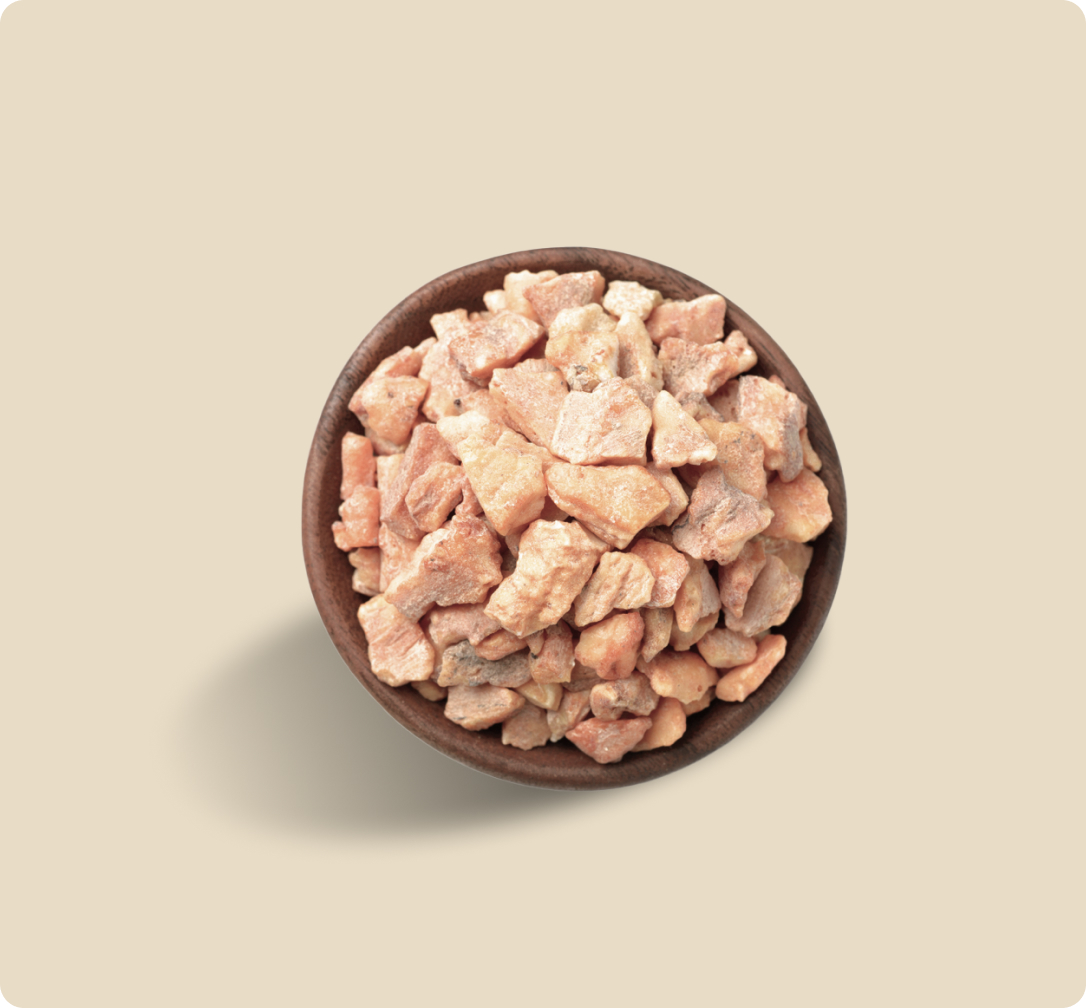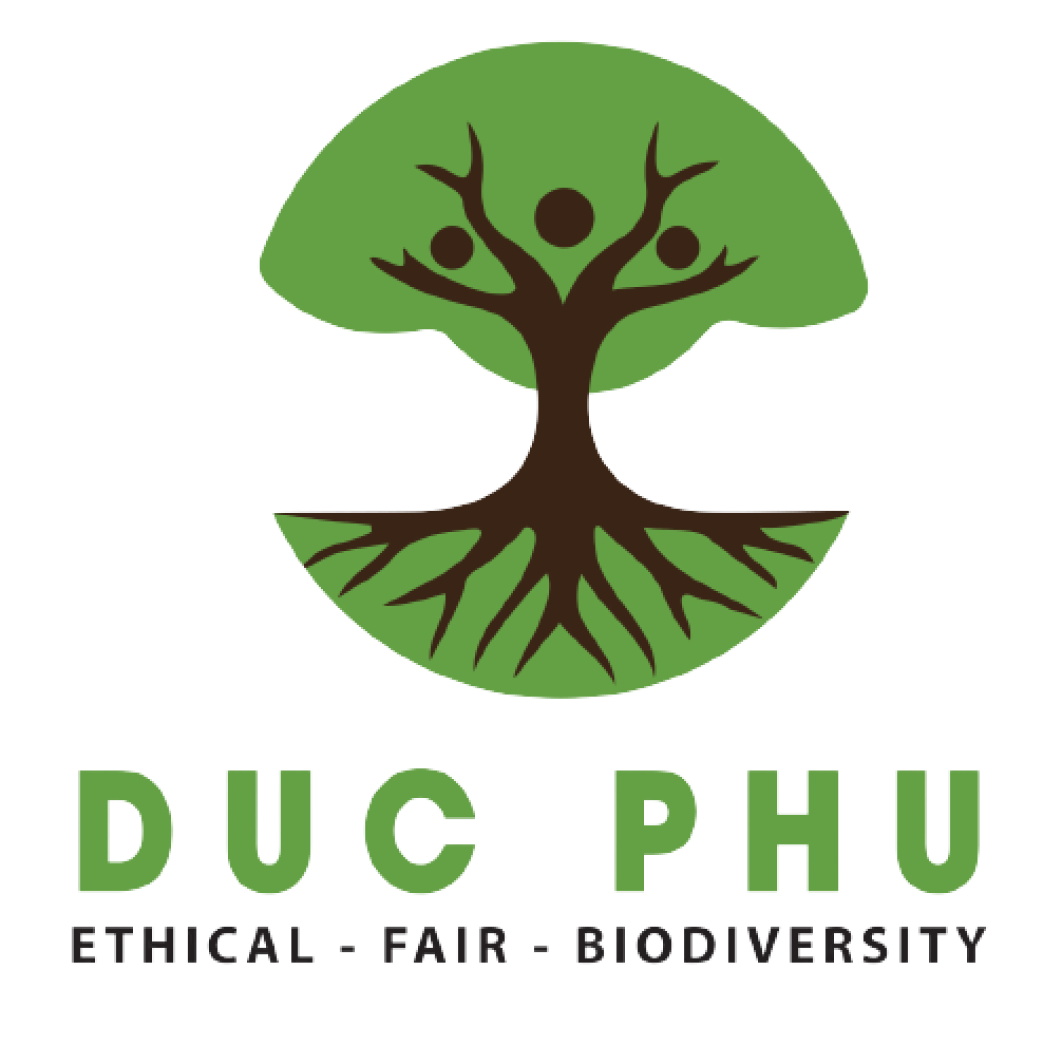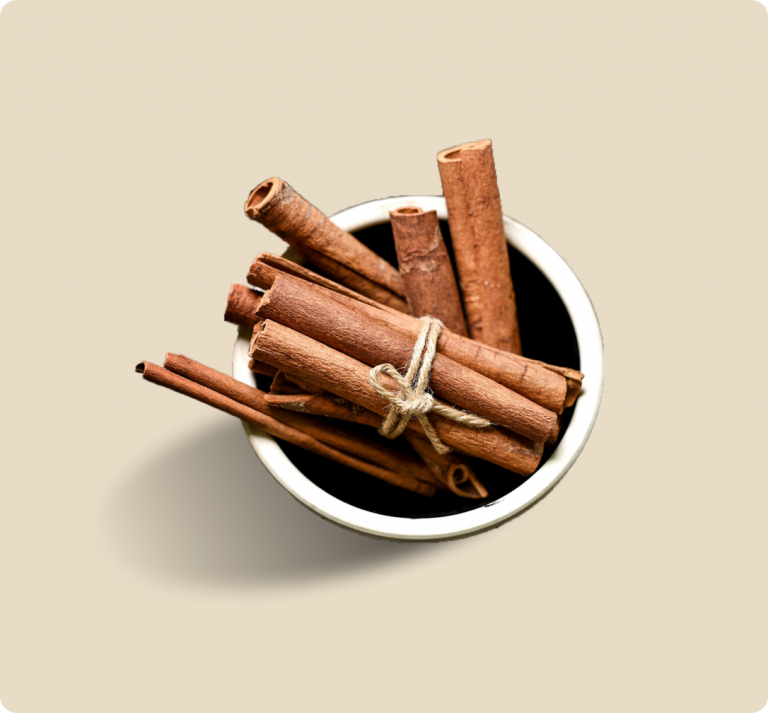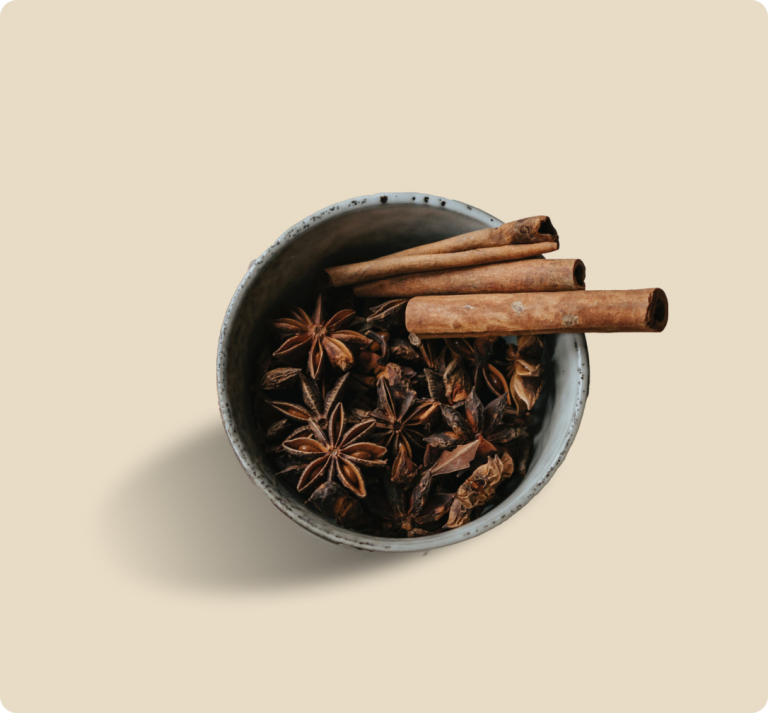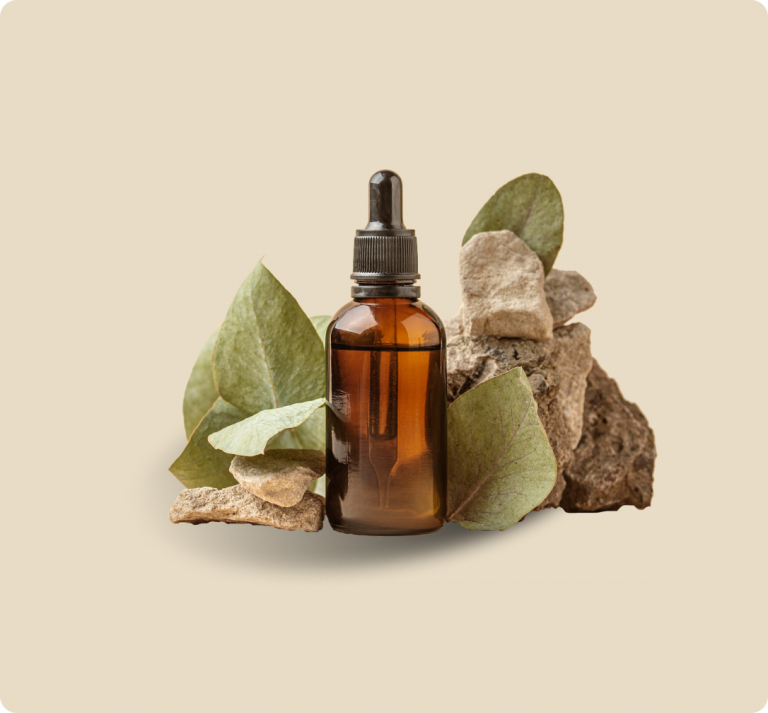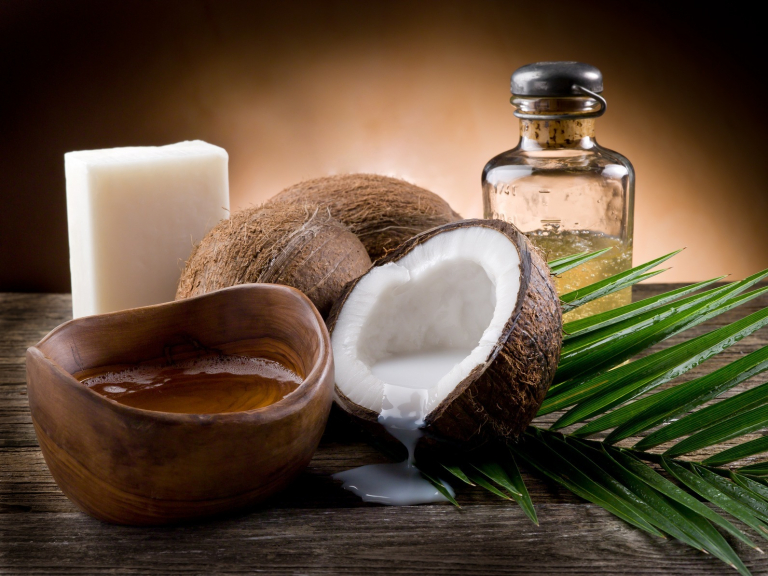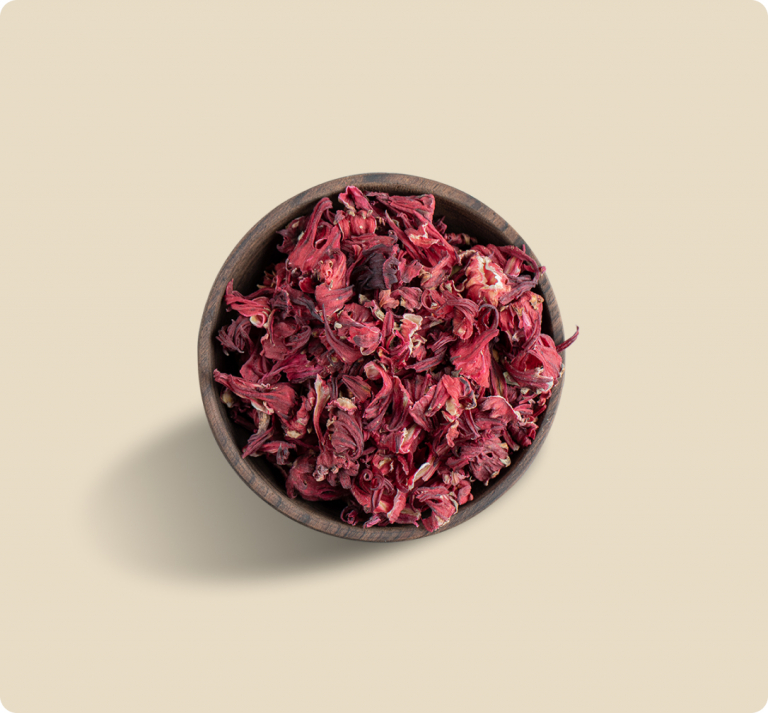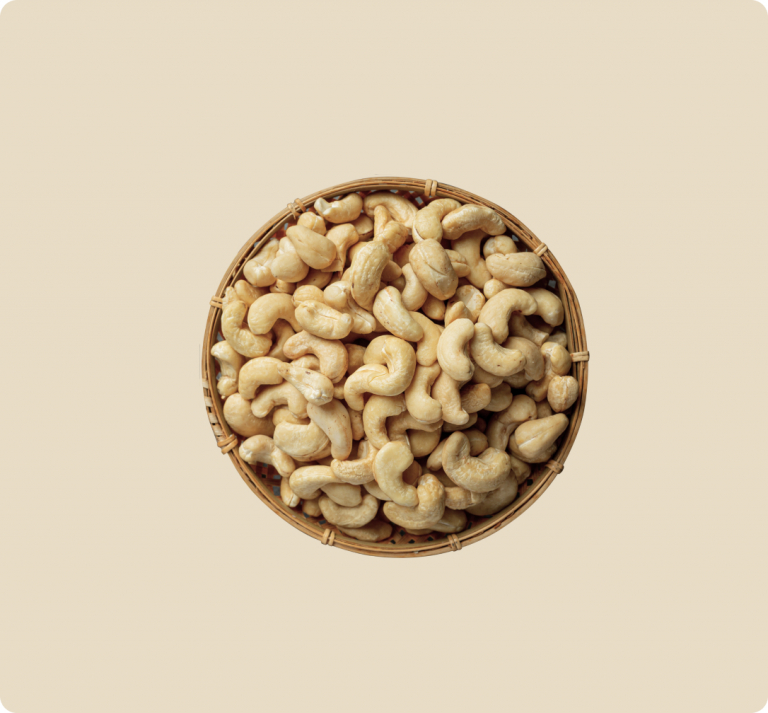Unique Selling Points
Benzoin Siam, hereafter “benzoin”, is a resin used chiefly for incense and in the flavoring, fragrance, and pharmaceutical industries. The “benzoin Siam” produced in Vietnam is extracted from the bark of Styrax tonkinensis trees – commonly called ‘Bodhi’ trees in Vietnam.
The Benzoin tree (Styrax tonkinensis) found Northwest, there have been planted on a large scale (estimated 20,000 ha) for supply pulp purposes. Growing bodhi trees for benzoin extraction is a profitable perennial crop in Vietnam (at current prices), generating competitive returns on both land and labor once established, and is well suited to a variety of land types and locations. Vietnam used to be the largest benzoin exporter in the world, by 1975, Vietnam exported up to 200 metric tons a year to the Soviet Union
Vietnamese benzoin resin (white color) contains 10 – 20% benzoic acid, 60-70% coniferyl benzoate, and 6% soaresinol, with some cinnamic acid and vanillin, which has the smell of vanilla. The total balsamic acid of Benzoin resin (Red color) is 2-25% cinnamic acid with some benzoresinol, benzaldehydes, benzoic acid, and vanilla, Benzoin does not dissolve in water, only in alcohol.
Vietnamese benzoin essential oil has a sweet inviting aroma setting the scene of a pleasant summer’s day. As it exudes, the resin is yellowish. But when it thickens and hardens, it becomes brownish-red. It has a strong smell of vanilla, and is very aromatic; to taste, it is rather acrid. The resin is cleaned, and is available powdered, in two forms of a tincture, simple and compound (the latter benzoin tincture being too strong for use on the skin), or as an essential oil.
Currently, with support from international projects, Duc Phu Company has built a sustainable benzoin value chain that adopts the UEBT and BioTrade standards with more than 1000 farming households in 08 provinces across the country in Vietnam, producing an output of 10 – 15 MT annually.
Our Partners
